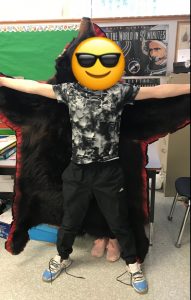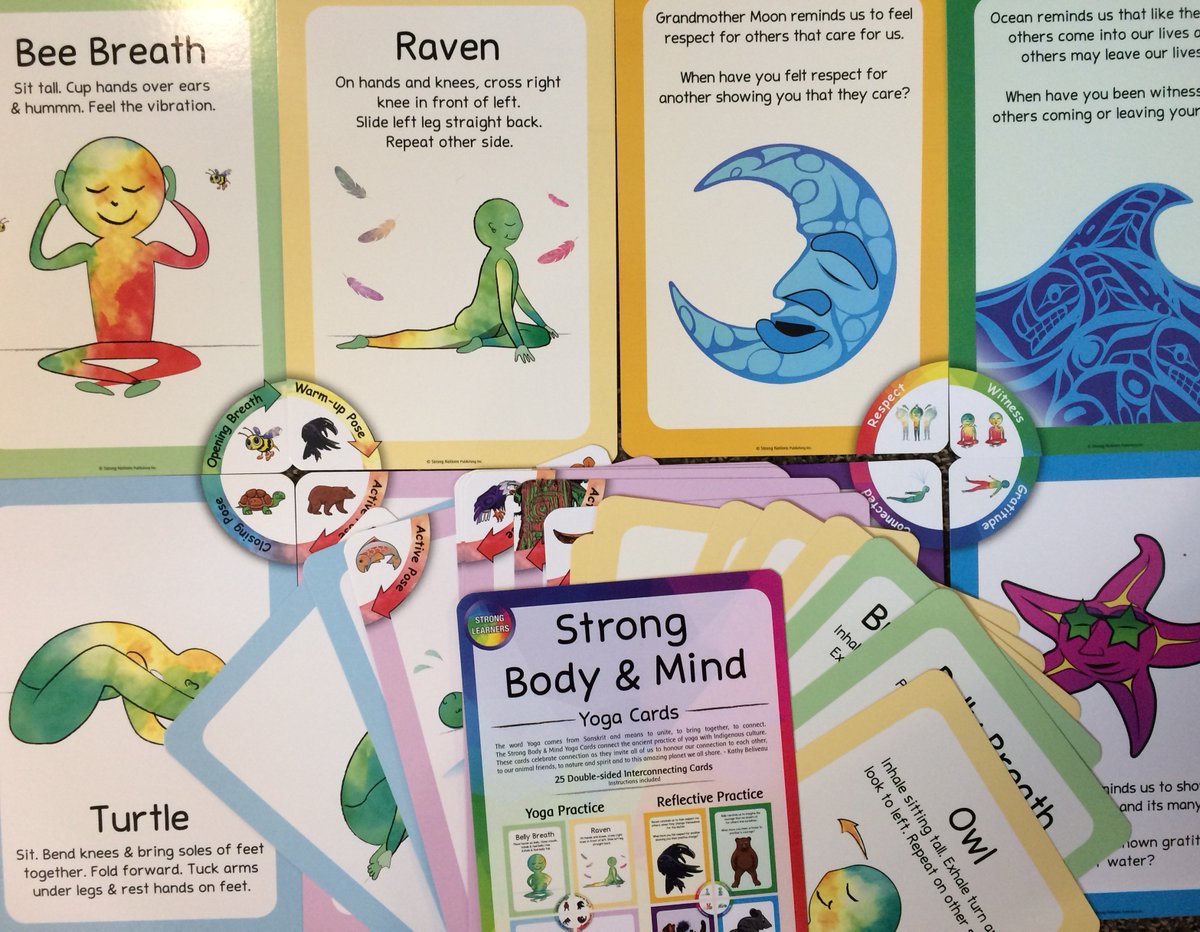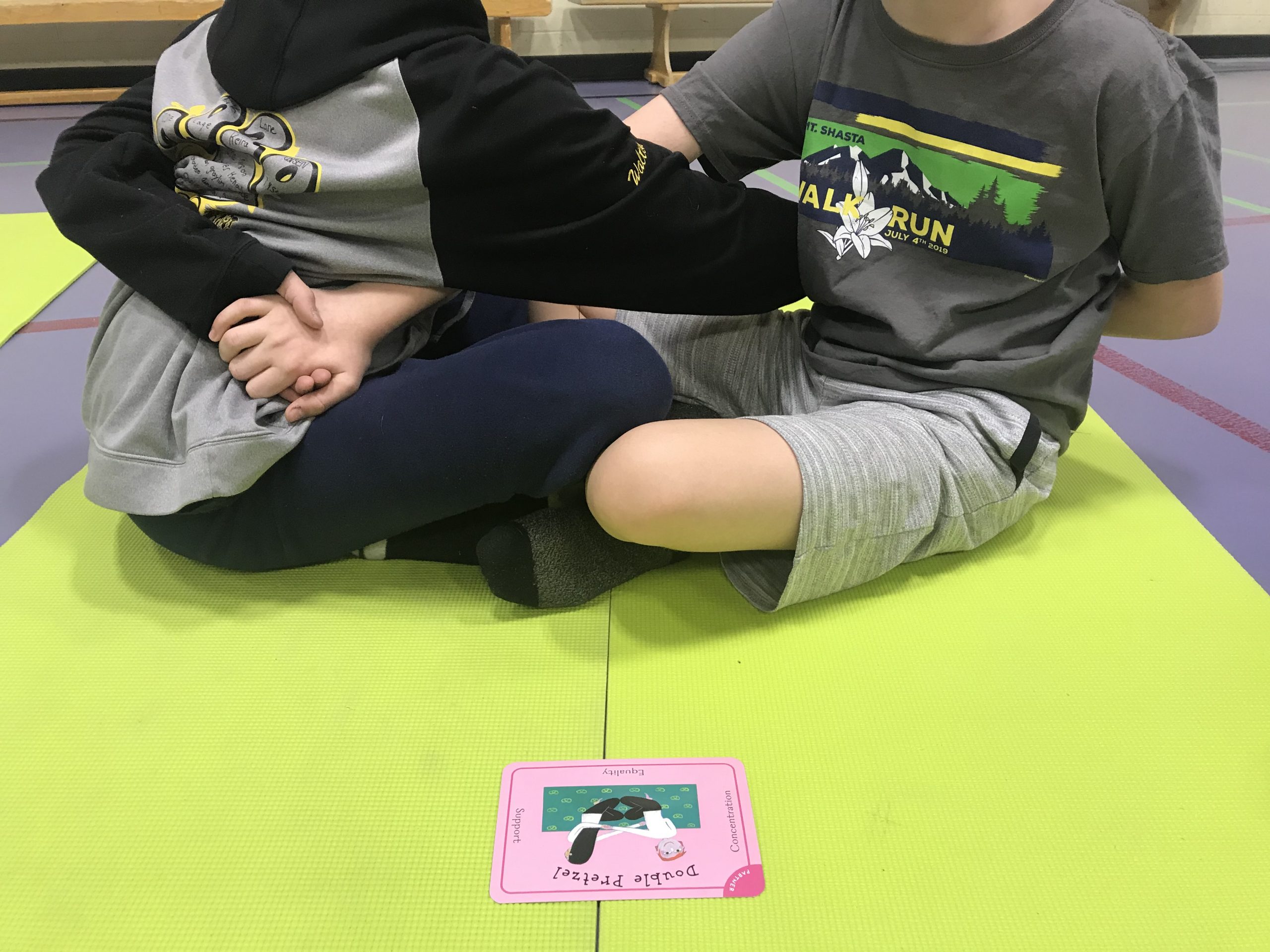Educators respect and value the history of First Nations, Inuit and Metis in Canada and the impact of the past on the present and future. Educators contribute towards truth, reconciliation and healing. Educators foster a deeper understanding of ways of knowing and being, histories, and cultures of First Nations, Inuit, and Metis.
As an educator, I embed the First Peoples Principles of Learning throughout my practice. I believe that the FPPL are meant to be interwoven into education so that we are not overwhelming our students with the content but rather helping them to understand the importance of these ways of learning, knowing, and doing. I made a conscious effort during all of my practicum education to have regular conversations with my students focused on the ‘why’ of indigenous education and concepts. Every time I stated that we were learning on the unceded territory of the Lheidli T’enneh I would ask my students to explain the statement so that I knew they understood the importance of recognizing indigenous territories. I found this practice to be valuable because students were more likely to be engaged in the lessons when they had some context as to why it was necessary they were learning the information.
I also used these conversations to assess where my students were at with their knowledge on the first peoples principles of learning so that I could help them to bridge the gap. My EDUC-491 Practicum class at Hart Highlands was receptive to the knowledge that I brought to their attention during my time with them because I provided them with tangible learning in the classroom. Below you can see a few of the examples of learning that focused on indigenous content that I have included in my teaching practice.


As part of our Science unit on the skeletal system during EDUC 491, we compared the anatomy of a bear to that of a human’s. In the photos above you can see the students comparing their entire bodies to a bear’s for sizing purposes by standing next to a full bear hide. We also studied many photos of skeletal bear paws and bear anatomy to compare to human skeletal anatomy.

Above is a photo of the Strong Nations Yoga Cards that I used to assist me during a yoga lesson in Physical Education. These cards helped students to connect their learning to First Peoples Principles of Learning concepts and interact with each other. I expanded the lesson beyond these yoga cards and also used the Yoga Pretzels for kids cards to expand the lesson to partner yoga. The class was required to work in groups to think creatively by using the cards to create their own yoga sequences. Each group performed their yoga sequence in their groups and reflected at the end by flipping the final card over to the reflection side. I was happily surprised by the willingness to participate in both the yoga activities as well as the reflection that was incorporated. Students were able to connect the First Peoples Principles concepts that I embedded into lessons to the yoga activities and lessons. Below are some exemplars of student participation in the yoga.


Attached below is the lesson plan from the lesson these images are sourced from.
Indigenous Yoga Formal Lesson Plan
Attached below is an artifact from the University of Northern British Columbia’s ‘Edufair’ December 2018. My submission included personal artwork created through research and design inspired by BC indigenous coastal artwork. I included basic foundational designs and descriptions of the art that can be used as a resource for lesson planning in both areas of fine arts as well as social studies.

Attached below is an artifact of learning from one of my coaching teacher’s practicum reports that includes an example of one of the many things I did to incorporate Indigenous culture into my practicum classroom. (Sacred Heart Elementary)

Attached below is a link to the document of a reflection following a social studies lesson with a small school group from Harwin Elementary.